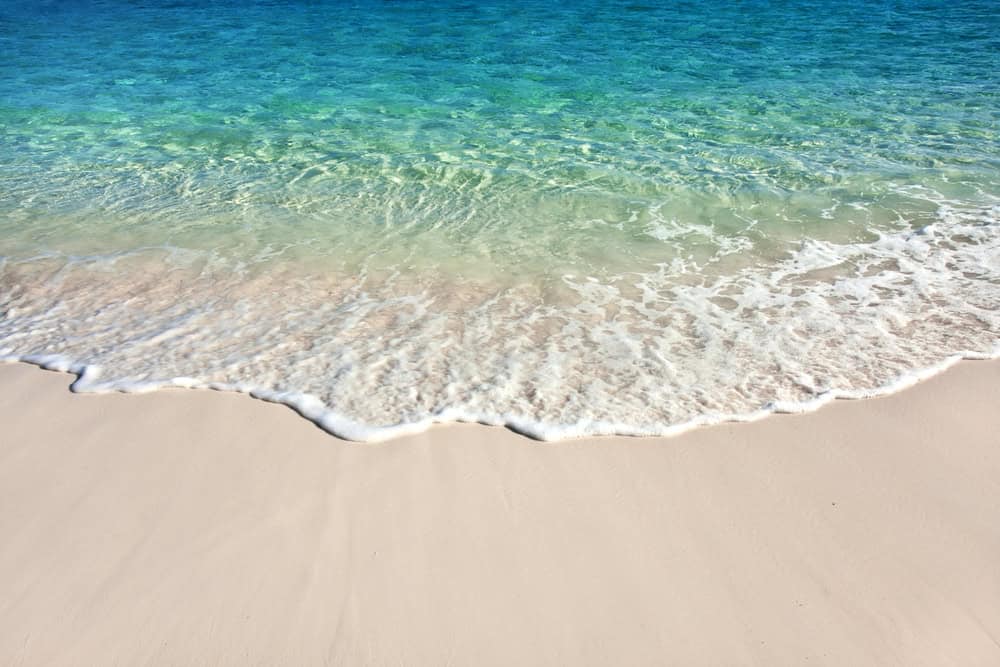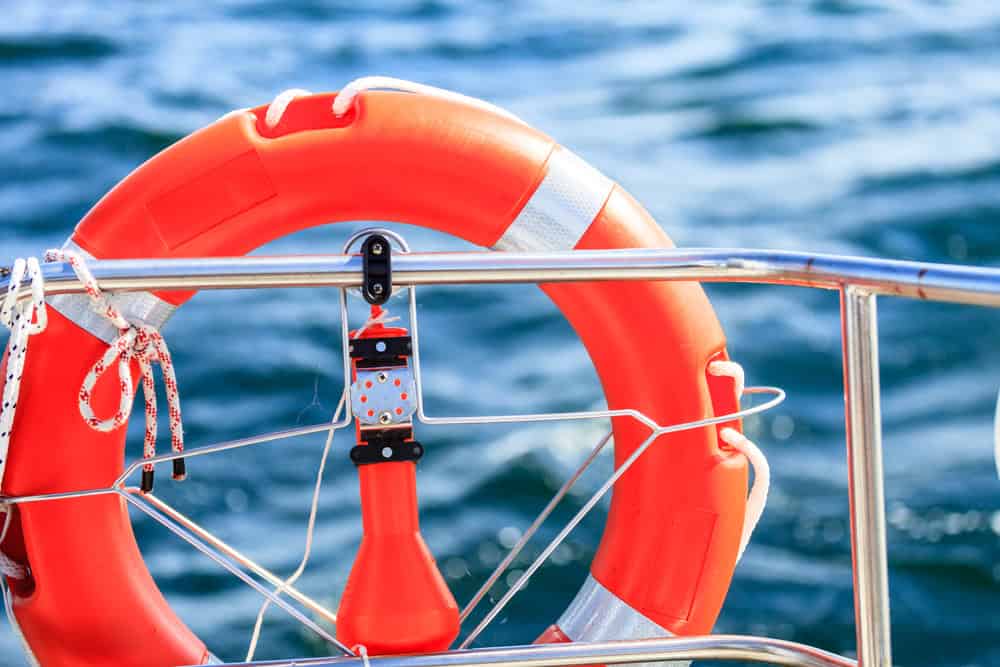
The Sailor’s Bible: Sailing the Gulf of Mexico
If you want a beautiful place to sail, look no further than the Gulf of Mexico. Gulf of Mexico sailing brings views of white sand beaches and diverse ecosystems. It is accessible from five U.S. states, Cuba, and parts of Mexico. The Gulf of Mexico offers great deep-sea fishing and boating opportunities.
Gulf of Mexico Sailing: Your Questions Answered

If you plan to sail the Gulf of Mexico, you should plan your trip ahead and ensure your navigation equipment works correctly due to the hazards present. You want to ensure you have the right boat for the journey, map out how long the trip will take, know the key sailing routes, and remember tips for safe travel.
Can You Sail Across the Gulf of Mexico?
The simple answer is that you can sail across the Gulf of Mexico. Depending on where you set sail, you can travel from East to West or West to East. However, there are hazards to be aware of before setting sail.
Traveling East to West
If you are traveling East to West, common departure points include Florida, Georgia, Alabama, Mississippi, and Louisiana. If you choose to stop along the way, there are many places to visit. For example, Pensacola, Florida, offers great fishing and diving or snorkeling opportunities.
Traveling West to East
If you are traveling West to East, the waters are usually oil-patched due to off-shore drilling rigs. As you get closer to Mississippi and Alabama, the oil patches are fewer and farther between. Florida is great to visit on your travels due to the lack of offshore drilling.
Hazards of Sailing the Gulf of Mexico
Before sailing the Gulf of Mexico, be aware of two main hazards: The first is gas and oil rigs. There is an extraordinary number of these rigs throughout the Gulf of Mexico. They are usually well-lit, so you will unlikely sail into one.
The second hazard is the weather. Due to the Gulf of Mexico’s warmer climate, cyclones and hurricanes gain speed and can make the Gulf treacherous. Since the Gulf of Mexico is connected to the Atlantic Ocean, it is important to note the Atlantic Hurricane season before setting sail. Hurricane season for the Atlantic Ocean lasts from June until November.
How Big of a Boat Do You Need To Cross the Gulf of Mexico?

When deciding which size of boat you need to cross the Gulf of Mexico, there are a few things to consider. First, water conditions. Bigger boats tend to be more stable when the weather is bad, or there are waves.
Other considerations include the length of the trip and weather conditions. A 30—to 40-foot boat is suggested for long trips. This size boat will also be more stable in inclement weather.
Boat Recommendations
There are many boats to choose from for sailing the Gulf of Mexico, but here are five we highly recommend:
- Grady White Fisherman 216
- MasterCraft XT23
- Tidewater 210 LXF
- Robalo R230
- Sea Hunt Gamefish 25
These boats have proven to sail well in the Gulf.
How Long Does It Take To Sail from Texas to Florida?
In good weather, it takes approximately seven to ten days to sail from Houston, Texas, to Florida at a speed of five to seven knots. However, several factors can affect the duration of the trip.
Distance
It is approximately 1,000 nautical miles from Houston to Florida, but the exact distance can vary depending on your starting point.
Weather Conditions
If the weather is good and the wind is on your side, the trip will go much smoother and faster than in unfavorable weather conditions. If adverse weather occurs during your trip, it can slow you down or even make you stop to seek shelter.
Vessel Speed
The speed at which your boat can travel plays a significant role in how quickly you reach your destination. A slower boat will take longer to get somewhere than a faster one.
Crew Experience
Experience and skill level also affect the time it takes to reach your destination. A more experienced crew will know more about handling the boat than an inexperienced crew.
How Deep Does the Gulf of Mexico Get?
The Gulf of Mexico has an average depth of approximately 5,200 feet. However, there are deeper locations, like the Sigsbee Deep, which ranges up to 14,383 feet.
Safety Tips for Sailing the Gulf of Mexico

Many safety tips for boating are common knowledge, and all should be remembered when sailing across the Gulf of Mexico. However, here are some additional safety tips specifically concerning sailing the Gulf of Mexico.
Be aware of weather patterns at all times. Check the weather and tides multiple times before leaving port. This will help you avoid running aground because of shallow water and prevent damage to sea life.
Pay attention to and remember nautical rules. Buoys and other navigational aids are there for safety purposes, for you and wildlife, so always keep a lookout and pay attention to your surroundings.
Always dress in layers even if it is warm on land. The weather can change quickly, and you want to avoid getting cold. Layering also gives added protection against the sun.
Ensure you have a first-aid kit and enough food and other supplies, including safety gear. Double the amount of food and drinks you think you will need. It is better to be prepared than not have enough.
Use common sense and safe docking habits. It is important to go at a safe speed and keep a safe distance from other vessels on the water, especially those with limited movement capabilities. Regarding safe docking habits, go slow to avoid damage or injuries to you or others.
Gulf of Mexico Sailing Is Safe and Fun With the Proper Equipment and Resources
Sailing the Gulf of Mexico can be an exhilarating experience if you plan ahead and keep a weather eye on the horizon. With the proper equipment and resources at your disposal, there is no reason to have a safe and fun trip.
If you have any questions or concerns about your Gulf of Mexico sailing expedition, contact us at Boat Stop Marina. Come dock with us to get your trip off to a great start.


